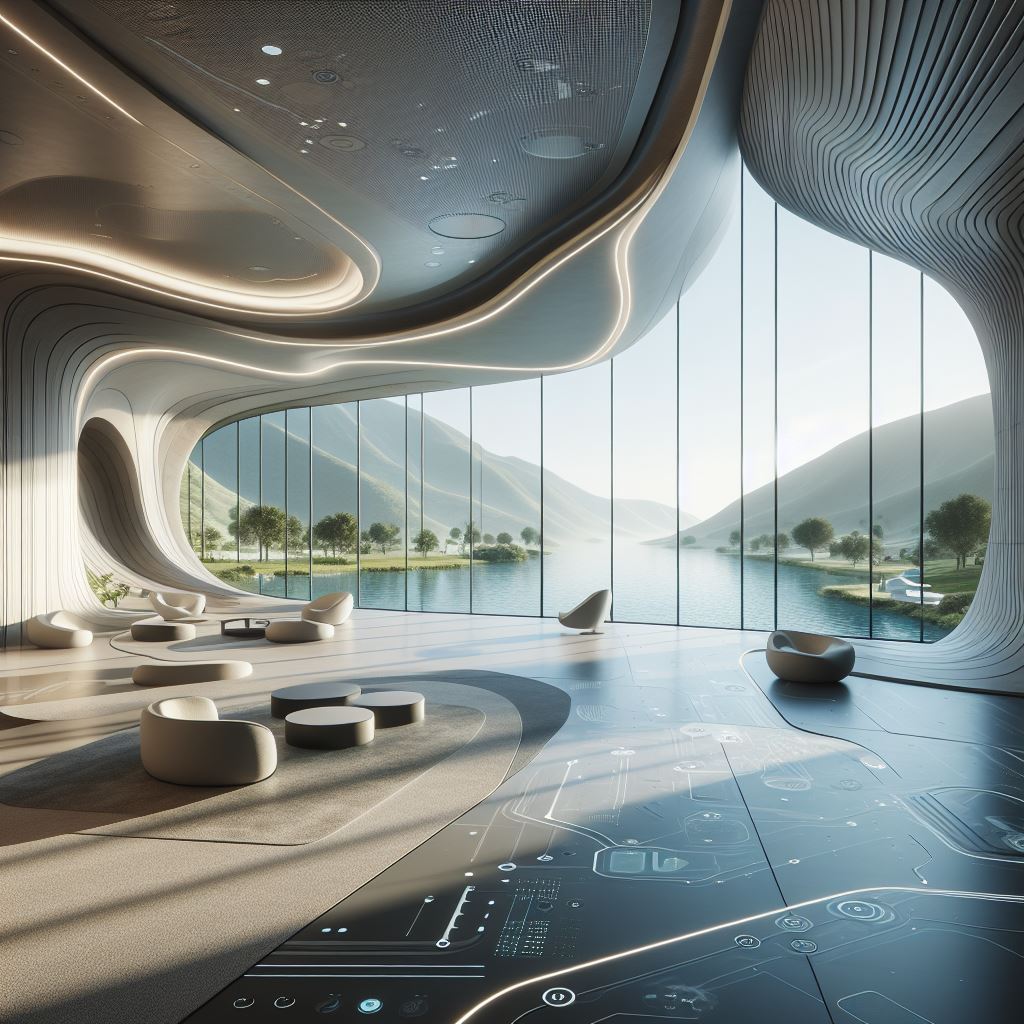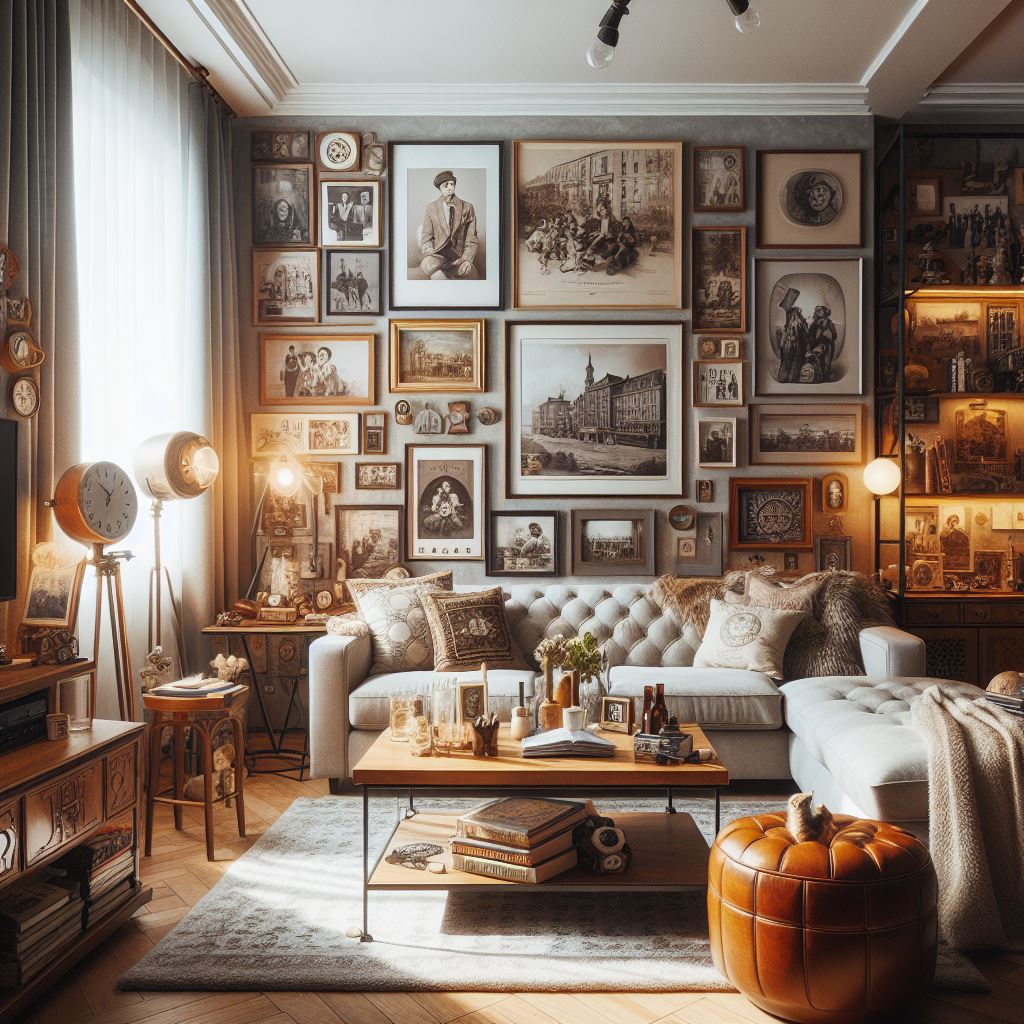Understanding Room Layouts
Room layout is influenced by various factors, including the room’s size, shape, and purpose, as well as the occupants’ lifestyle and preferences. A well-designed layout should prioritize functionality and flow, ensuring that the space is both practical and visually pleasing.
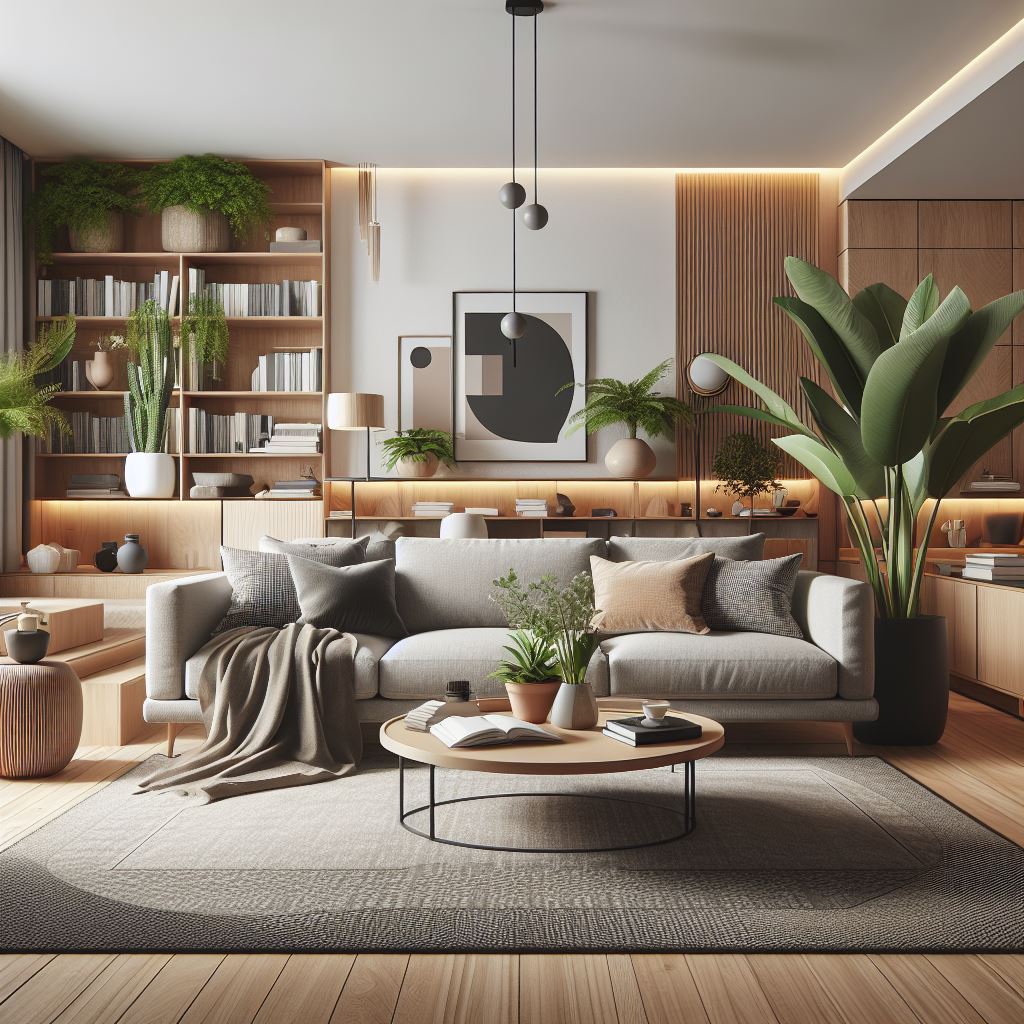
Maximizing Space Efficiency
To optimize room layouts, it’s essential to maximize space efficiency. This can be achieved by choosing multifunctional furniture pieces that serve multiple purposes, such as storage ottomans or sleeper sofas. Additionally, creating designated zones for different activities—such as work, relaxation, and socializing—helps to maintain organization and clarity in the room.
Balancing Aesthetics and Functionality
While functionality is paramount, aesthetics also play a significant role in room layouts. By incorporating design elements that are both practical and visually appealing, such as stylish storage solutions or statement furniture pieces, you can achieve a harmonious balance between form and function in your space.
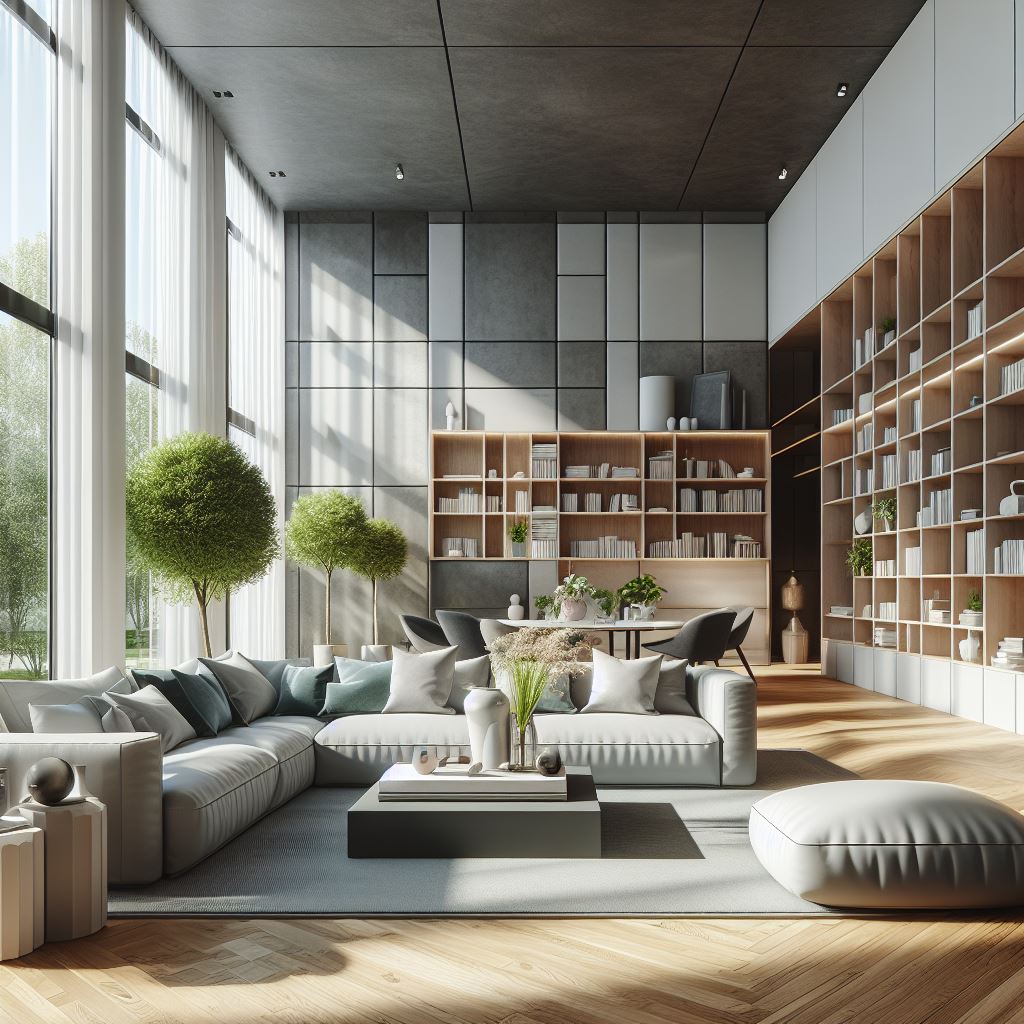
Optimizing Traffic Flow
Effective room layouts prioritize smooth traffic flow, allowing occupants to move freely and comfortably throughout the space. Arranging furniture to create clear pathways and minimizing obstacles and clutter help to enhance the flow and functionality of the room.
Creating Focal Points
Strategic placement of focal points can add visual interest and draw attention to key areas of the room. Whether it’s a striking piece of artwork, a fireplace, or a statement furniture piece, creating focal points helps to anchor the room and guide the eye.
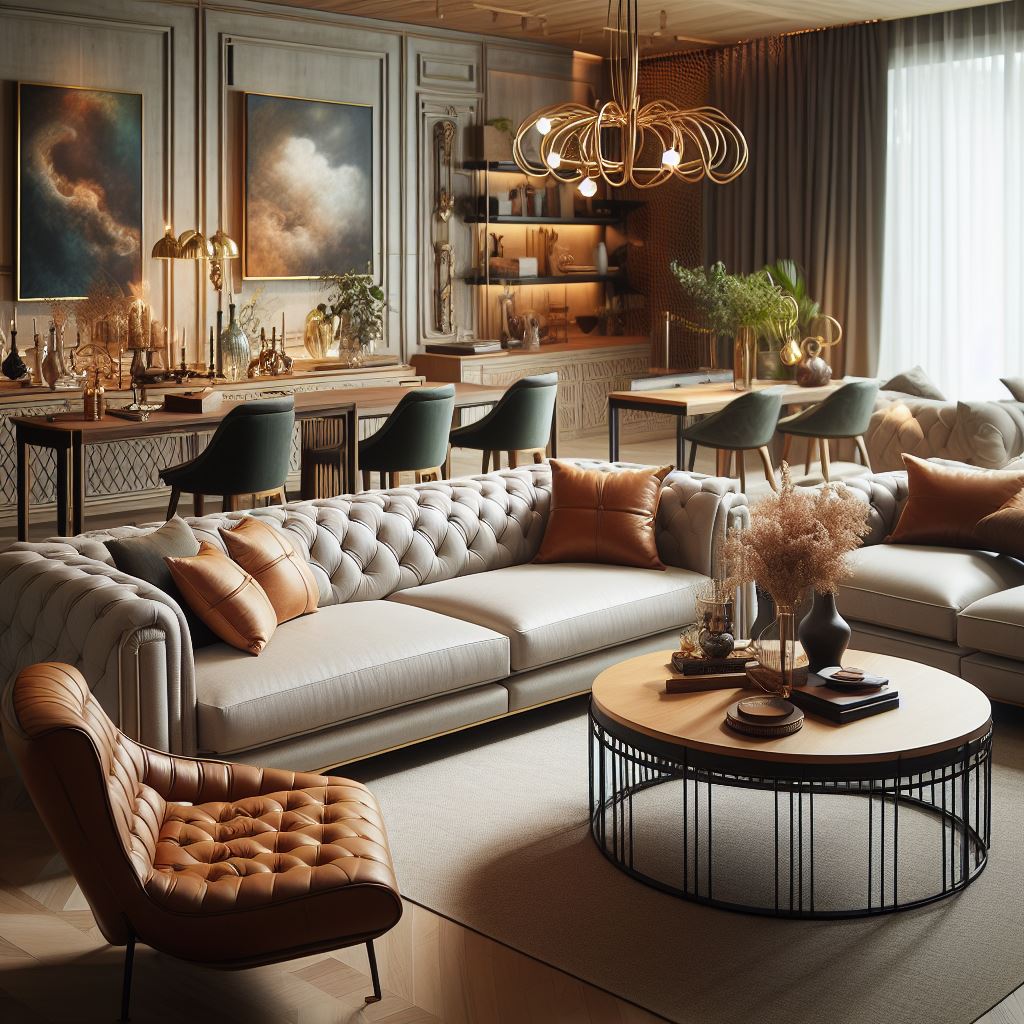
Utilizing Vertical Space
Maximizing vertical space is essential for optimizing room layouts, especially in smaller spaces. Incorporating shelving, wall-mounted units, and hanging decor not only maximizes storage and display options but also draws the eye upward, creating the illusion of height and space.
Enhancing Natural Light
Natural light plays a crucial role in room design, affecting the mood, ambiance, and functionality of the space. Maximizing natural light exposure by strategically placing windows, using sheer curtains, and avoiding heavy window treatments helps to create bright, airy, and inviting interiors.
Considering Scale and Proportion
Choosing furniture and decor that are proportionate to the size of the room is essential for achieving a balanced and visually appealing layout. Avoid overcrowding the space with oversized furniture or underscaling with small, insignificant pieces, and strive to maintain a sense of proportion throughout the room.
Personalizing the Space
Incorporating personal touches and elements of self-expression is key to creating a space that feels truly yours. Whether it’s family photos, cherished artworks, or favorite accessories, adding personal touches helps to infuse personality and warmth into the room.
Adapting to Different Room Types
Optimizing room layouts requires adaptability, especially when dealing with different room configurations and dimensions. By tailoring solutions to suit specific room types and purposes, you can maximize the functionality and comfort of any space, whether it’s a cozy studio apartment or a spacious living room.
Budget-Friendly Optimization
Optimizing room layouts doesn’t have to break the bank. There are plenty of budget-friendly ways to improve the functionality and aesthetics of your space, from DIY storage solutions to thrifty design hacks. With a little creativity and resourcefulness, you can achieve a stylish and efficient room layout on any budget.
Incorporating Technology
Integration of technology can further enhance the functionality and convenience of room layouts. From smart home devices that automate lighting and temperature control to space-saving gadgets and appliances, incorporating technology into your room design can streamline daily routines and improve overall comfort.
Sustainability in Room Layouts
Sustainability is an increasingly important consideration in room design. By incorporating eco-friendly materials, energy-efficient appliances, and sustainable design practices, you can create a healthier, more environmentally friendly living space that promotes sustainability and well-being.
Conclusion
Optimizing room layouts is essential for creating spaces that are both functional and visually appealing. By implementing the strategies discussed in this article—maximizing space efficiency, balancing aesthetics and functionality, optimizing traffic flow, and considering scale, proportion, and personalization—you can create rooms that enhance your lifestyle and reflect your unique personality and preferences.
FAQs (Frequently Asked Questions)
- How can I determine the best layout for my room? Start by considering the room’s purpose, dimensions, and existing features. Think about how you use the space and prioritize functionality and comfort. Experiment with different layout options using online room planning tools or by rearranging furniture.
- What are some common layout mistakes to avoid? Common mistakes include overcrowding the space with too much furniture, blocking natural light sources, and neglecting traffic flow. Be mindful of scale, proportion, and balance, and avoid cluttering the room with unnecessary items.
- How can I make a small room feel larger? Maximize natural light exposure, choose light-colored paint and furnishings to reflect light, and incorporate mirrors to create the illusion of space. Opt for furniture with sleek, streamlined designs and consider multifunctional pieces that serve multiple purposes.
- What are some creative storage solutions for small spaces? Utilize vertical space with wall-mounted shelves or floating cabinets, invest in multifunctional furniture with built-in storage, and make use of underutilized spaces such as under the bed or stairs. Consider modular storage systems that can be customized to fit your specific needs.
- How can I incorporate sustainability into my room design? Choose eco-friendly materials such as bamboo, reclaimed wood, and recycled glass for furniture and decor. Opt for energy-efficient appliances and lighting fixtures, and consider incorporating renewable energy sources such as solar panels or wind turbines. Reduce waste by repurposing or upcycling old furniture and accessories.
